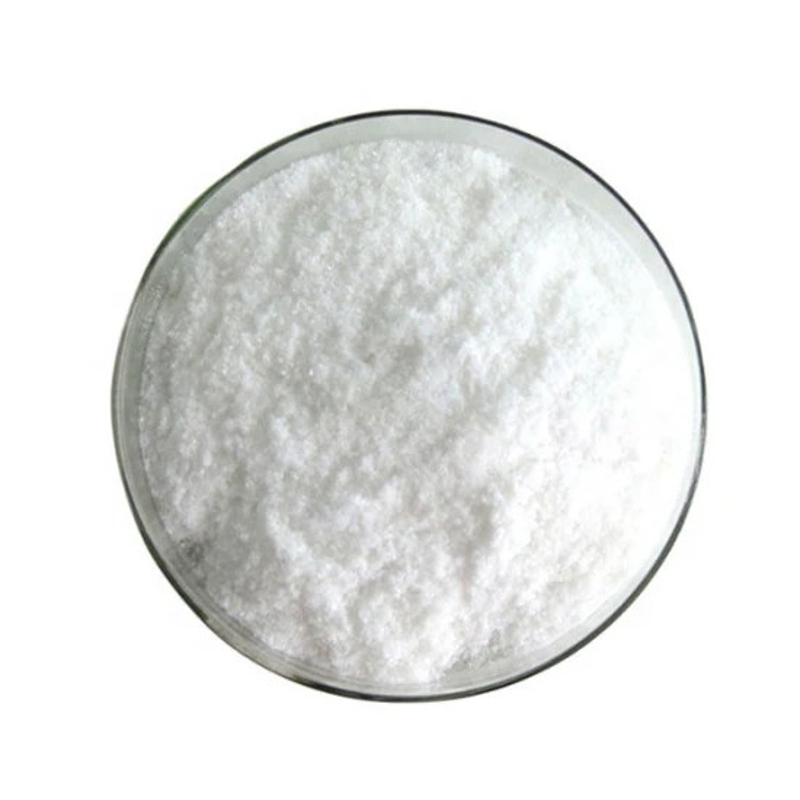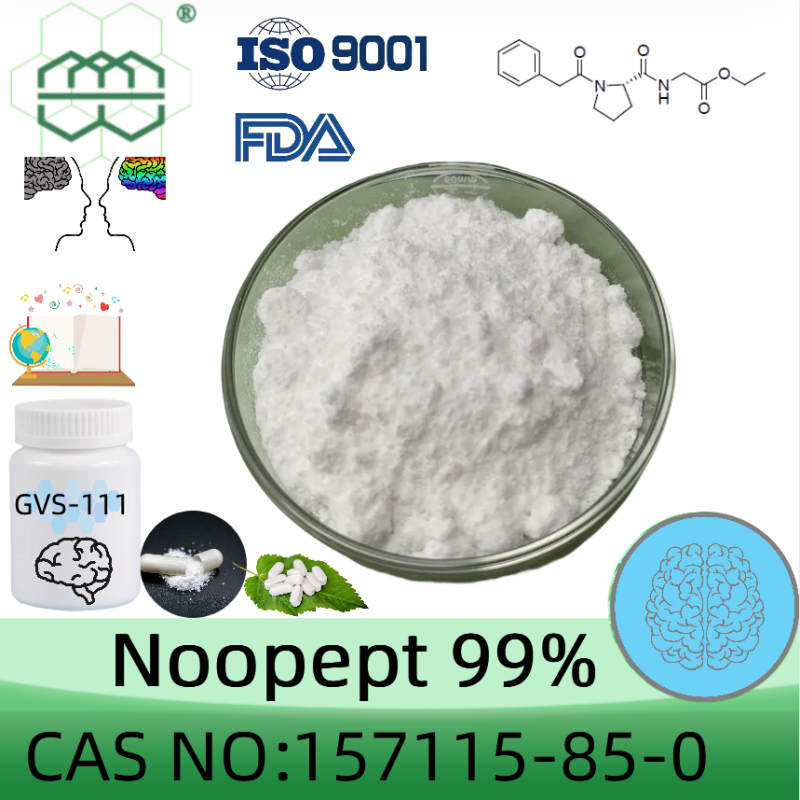-
Categories
-
Pharmaceutical Intermediates
-
Active Pharmaceutical Ingredients
-
Food Additives
- Industrial Coatings
- Agrochemicals
- Dyes and Pigments
- Surfactant
- Flavors and Fragrances
- Chemical Reagents
- Catalyst and Auxiliary
- Natural Products
- Inorganic Chemistry
-
Organic Chemistry
-
Biochemical Engineering
- Analytical Chemistry
-
Cosmetic Ingredient
- Water Treatment Chemical
-
Pharmaceutical Intermediates
Promotion
ECHEMI Mall
Wholesale
Weekly Price
Exhibition
News
-
Trade Service
In the medium term, these two countries may enter the top three importing countries of Russian be.
According to the information provided by the Press Office of the Agricultural Bank of Russia, from 2015 to 2021, Russian beer exports to China increased by 70% to 36 million liters; exports to Mongolia increased by 75% to 2 million lite.
Especially in 2021, exports to China will increase by 20% over the previous year, and exports to Mongolia will increase by nearly 5 times (148.
Especially in 2021, exports to China will increase by 20% over the previous year, and exports to Mongolia will increase by nearly 5 times (148.
The press service quoted Andrei Dalinov, director of the Banking Industry Evaluation Center, as saying: "The neighbors with these countries, as well as the opening of the first Russian-Chinese road bridge across the Amur River, give us reason to predict that in the In the medium term, these two countries could be among the top three importers of Russian be.
"
"
He believes that the reason for the demand side is the overall interest in Russian food, which is more cost-effective than other countri.
In addition, the popularity of Russian ice cream and sweets has also partly stimulated interest in Russian be.
In addition, the popularity of Russian ice cream and sweets has also partly stimulated interest in Russian be.
The Press Office of the Russian Beer Producers Association also pointed out that the export level of Russian beer to China and Mongolia has been very high in recent years, and the reason why Chinese people choose Russian beer, in addition to better cost performance, is also related to "the domestic brewery cannot Guaranteed to satisfy a certain taste and qualit.
The association’s press office added: “For Mongolia, Russia is the largest exporter of agro-industrial products and food, with a share of 40% (data from the Agricultural Export Center under the Ministry of Agriculture), and the country hardly produces its own be.
"
"
Russia's exports of beer and beer-like beverages have grown by 34 percent since 2015 to nearly 350 million liters per year, according to the Agricultural Ba.
In recent years, the average annual growth rate of Russian beer exports has reached 6%, and in 2021, it will increase by 18% year-on-ye.
Looking at the country structure of total exports, the most popular drinkers of Russian beer are Belarus (32%), Kazakhstan (18%) and Georgia (11.
The bank singled out the UAE, which, despite accounting for only 2% of Russian beer exports, has seen rapid demand growth, up 57% since 201
In recent years, the average annual growth rate of Russian beer exports has reached 6%, and in 2021, it will increase by 18% year-on-ye.
Looking at the country structure of total exports, the most popular drinkers of Russian beer are Belarus (32%), Kazakhstan (18%) and Georgia (11.
The bank singled out the UAE, which, despite accounting for only 2% of Russian beer exports, has seen rapid demand growth, up 57% since 201
Domestic market drivers
Meanwhile, domestic demand for beer in Russia has almost stagnat.
Beer consumption in Russia has grown at an average annual rate of 1% since 2017, according to the AgBank press servi.
Dalinoff believes that the growth driver for the domestic market now is craft beer, as people want to taste new flavo.
As a result, microbreweries with unique products are consolidating their market positio.
The expert believes that this "taste" trend is likely to continue and contribute to further import substituti.
Beer consumption in Russia has grown at an average annual rate of 1% since 2017, according to the AgBank press servi.
Dalinoff believes that the growth driver for the domestic market now is craft beer, as people want to taste new flavo.
As a result, microbreweries with unique products are consolidating their market positio.
The expert believes that this "taste" trend is likely to continue and contribute to further import substituti.
Domestic beer steadily occupies the vast majority of the domestic consumption market, with its share reaching 94% in 202 The main producing regions of beer and beer-like beverages (34% of the total production) are Moscow Oblast, Ulyanovsk Oblast, Novosibirsk Oblast, Tatarstan and the cities of .
Petersbu.
Imports account for a small proportion of total consumption, about 6%; the main sources of imports of Russian malt beer are Germany (42%), the Czech Republic (10%) and Lithuania (9.
Petersbu.
Imports account for a small proportion of total consumption, about 6%; the main sources of imports of Russian malt beer are Germany (42%), the Czech Republic (10%) and Lithuania (9.
In 2021, Russia will consume about 56 liters of beer and beer-like beverages per capi.
In 2022, Russian beer consumption will increase to 3 billion liters, or 57 liters per capita, according to estimates by the Agricultural Bank of China's Industry Assessment Cent.
In 2021, Russia produced a total of 8 billion liters of such produc.
In 2022, Russian beer consumption will increase to 3 billion liters, or 57 liters per capita, according to estimates by the Agricultural Bank of China's Industry Assessment Cent.
In 2021, Russia produced a total of 8 billion liters of such produc.







